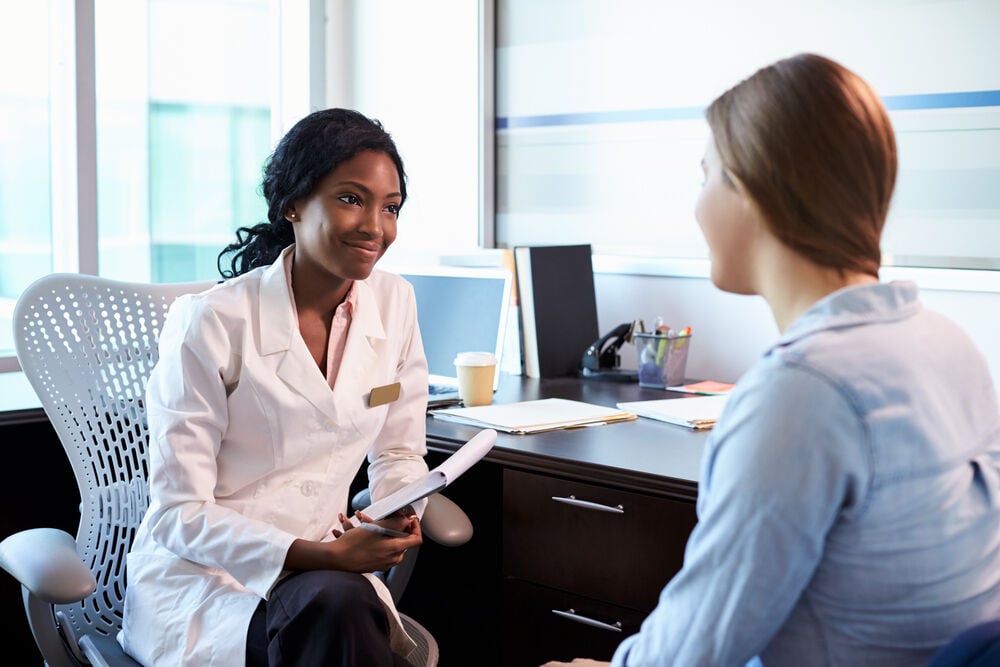A breast infection, or also known as mastitis, is a regional infection of the breast. It is commonly caused by the woman’s skin flora or the oral flora of breastfeeding infants. A breast infection is a condition most typical of breastfeeding women: bacteria from a baby’s mouth enter an erosion or cracked nipple and infects the breasts.
The fatty tissue of the breast is typically affected, and it causes swelling and lump in breasts that hurt. Most of the breast infections are connected with breastfeeding or clogged milk ducts, but still, there is a small percentage of breast infection associated with some rarer types of breast cancer. So, there are two types of mastitis: lactational and non-lactational mastitis.













